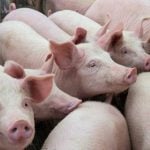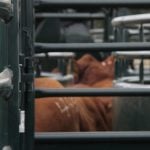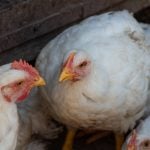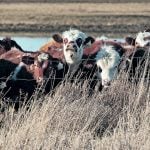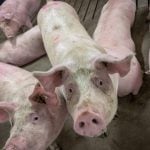Chicago live and feeder cattle futures rose on Tuesday while hog contracts regained Monday’s losses. Most-active February live cattle futures closed at 230.700 cents a pound, up 0.150 cents. June live cattle settled up 0.275 cents at 223.700 cents per pound. Most-traded January feeder cattle gained 3.400 cents to close at 343.325 cents a pound



 Livestock
Livestock